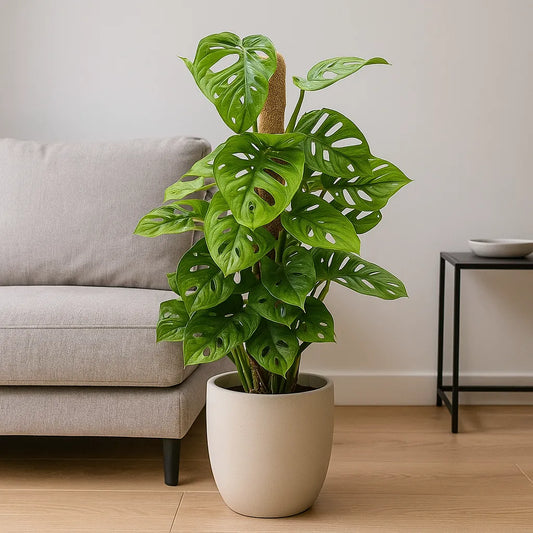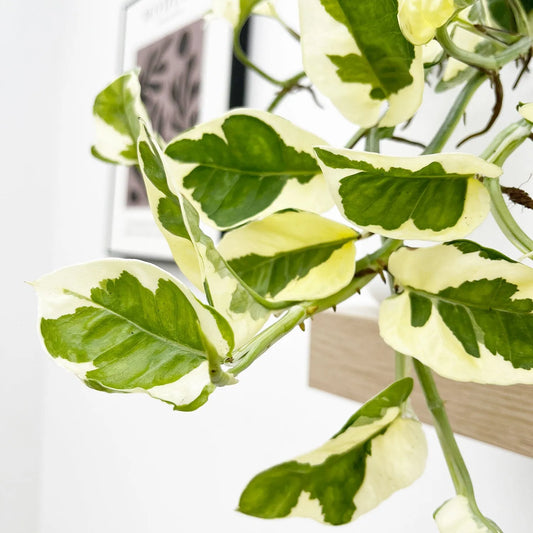Guide to thrips on houseplants
Thrips are a common yet often overlooked houseplant pest that can cause significant damage if left unchecked. By understanding how to identify, control, and prevent these pests, you can keep your indoor plants healthy and thriving. This detailed guide will provide you with the essential knowledge you need to tackle thrips and maintain a vibrant, pest-free indoor garden.
- Identifying Thrips
Proper thrip identification is the first step to managing infestations. These minute insects have elongated bodies and range in color from transparent to black or brown. Thrips are typically found on leaves or flowers, where they feed on plant cells, causing distorted leaves, discolored patches, and a silvery appearance.
- The Damage Caused by Thrips
Thrip damage can negatively impact your houseplants' health and appearance. These pests feed on plant cells, leading to distorted and silvery leaves, stunted growth, and potential flower damage. In severe cases, heavy infestations can lead to leaf drop and even plant death.
- Controlling Thrip Infestations
Taking action against thrip infestations is crucial to protect your houseplants. Here are some effective methods for controlling thrips:
- Remove affected leaves or flowers and discard them in a sealed bag to reduce the thrip population.
- Use insecticidal soap or horticultural oil, following the product's instructions for the best results.
- Apply neem oil, a natural pesticide that can help control thrips without harming beneficial insects.
- Regularly inspect your plants and address infestations promptly to prevent them from spreading.
- Preventing Thrip Infestations
Preventing thrip infestations is key to maintaining a healthy indoor garden. Here are some tips to keep thrips at bay:
- Thoroughly inspect new plants before bringing them into your home, checking for any signs of pests.
- Ensure proper care for your plants, as stressed plants are more susceptible to infestations.
- Keep your plants clean by removing dead leaves and wiping away dust from leaf surfaces.
- Use natural and chemical control methods judiciously to avoid harming beneficial insects.
With the right knowledge and techniques, you can successfully protect your houseplants from thrip infestations and keep your indoor garden looking its best. Early identification, swift intervention, and a commitment to plant health will ensure that your houseplants continue to flourish, free from the threat of these persistent pests. Say goodbye to thrips and enjoy the lush, vibrant greenery of your pest-free houseplants!










